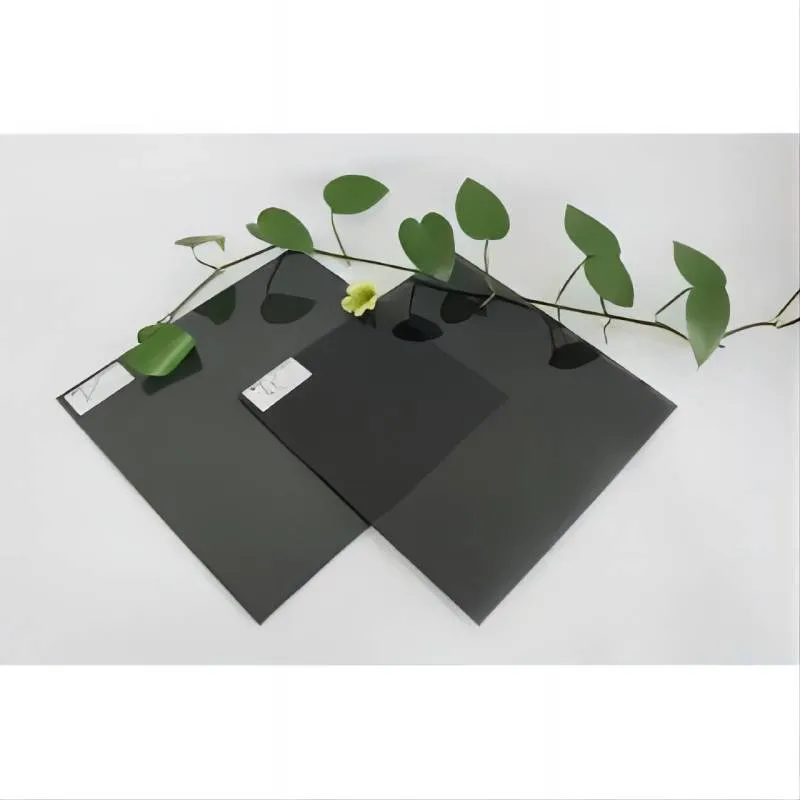Float Glass: Revolutionizing Modern Architecture with Clarity and Versatility
Float glass is a remarkable innovation that has transformed the world of modern architecture. This versatile material is known for its unparalleled clarity, smooth surface, and versatility, making it a popular choice in various applications, from windows and facades to furniture and decorative elements. In this concise guide, we will delve into the world of float glass, exploring its characteristics, manufacturing process, applications, and the many benefits it brings to contemporary design and construction.
Chapter 1: What Is Float Glass?
1.1 The Float Glass Technique
Float glass, also known as flat glass, is produced using the float glass technique. In this process, molten glass is floated on a bed of molten tin, resulting in a uniform and distortion-free sheet of glass. This method ensures the glass surface remains exceptionally smooth, making it an ideal choice for various applications.
1.2 Remarkable Clarity
Float glass is celebrated for its exceptional optical clarity. Its smooth and pristine surface allows maximum light transmission, making it a preferred choice for windows and architectural glazing.
Chapter 2: The Manufacturing Process
2.1 Melting and Refining
The production of float glass begins with the melting of raw materials like sand, soda ash, and limestone. The mixture is refined and homogenized to achieve a high-quality glass base.
2.2 Floating and Annealing
The molten glass is then poured onto the tin bath, where it spreads and forms a continuous ribbon. The glass ribbon is gradually cooled and annealed to relieve internal stresses and ensure flatness.
2.3 Cutting and Processing
Once the glass has cooled and solidified, it is cut into sheets of various sizes. These sheets can be further processed, tempered, laminated, coated, or decorated to suit specific applications.
Chapter 3: Applications of Float Glass
3.1 Architectural Glazing
Float glass is a fundamental material in architectural glazing, used for windows, doors, facades, and curtain walls. Its optical clarity enhances natural light and offers unobstructed views while providing thermal insulation and sound reduction.
3.2 Interior Design
Float glass plays a vital role in interior design. It is used for glass partitions, shower enclosures, and glass furniture, adding a touch of modernity and elegance to residential and commercial spaces.
3.3 Automotive Industry
Float glass is a staple in the automotive sector. It is used for windshields, side windows, and rear windows due to its clarity, safety features, and durability.
3.4 Decorative Elements
Float glass can be transformed into decorative elements through techniques like etching, sandblasting, or painting. This allows it to be used for wall art, room dividers, and customized glass designs.
Design Laminated Glass
Chapter 4: Benefits of Float Glass
4.1 Optical Clarity
Float glass offers unmatched optical clarity, allowing for bright, well-lit interiors and unobstructed views of the surroundings.
4.2 Smooth Surface
Its exceptionally smooth surface not only enhances aesthetics but also makes it easy to clean and maintain.
4.3 Versatility
Float glass can be customized, processed, and coated to suit various applications, providing architects and designers with endless possibilities.
4.4 Safety Features
In applications like automotive windshields, float glass is designed to shatter into small, safe pieces upon impact, reducing the risk of injury.
Chapter 5: Sustainability and Recyclability
5.1 Sustainable Production
The float glass production process has become more energy-efficient and environmentally friendly, reducing its carbon footprint.
5.2 Recyclability
Float glass is recyclable, making it a sustainable choice for eco-conscious design and construction projects.
Conclusion
In conclusion, float glass stands as a testament to the evolution of glass technology, offering clarity, versatility, and functionality for contemporary design and construction. Its applications in architecture, interior design, automotive, and decorative elements showcase its adaptability and appeal. Whether it’s transforming the aesthetics of a modern building or enhancing the interior of a home, float glass remains an essential component in the world of design and construction, paving the way for brighter, clearer, and more sustainable spaces.













































































































